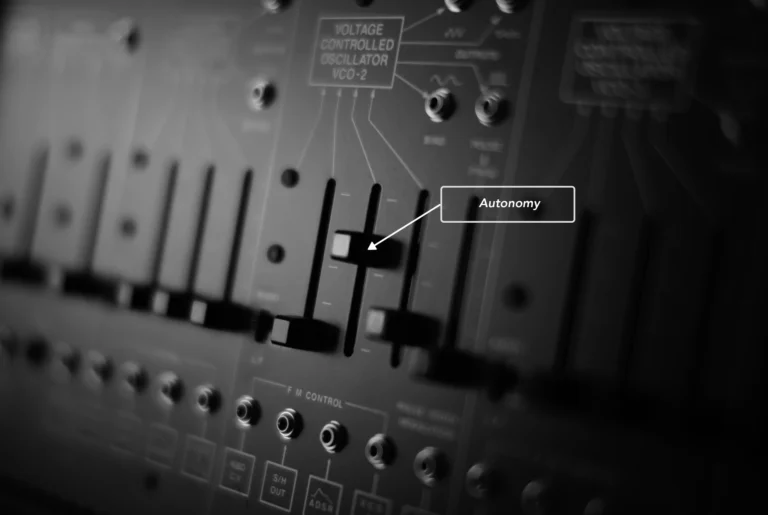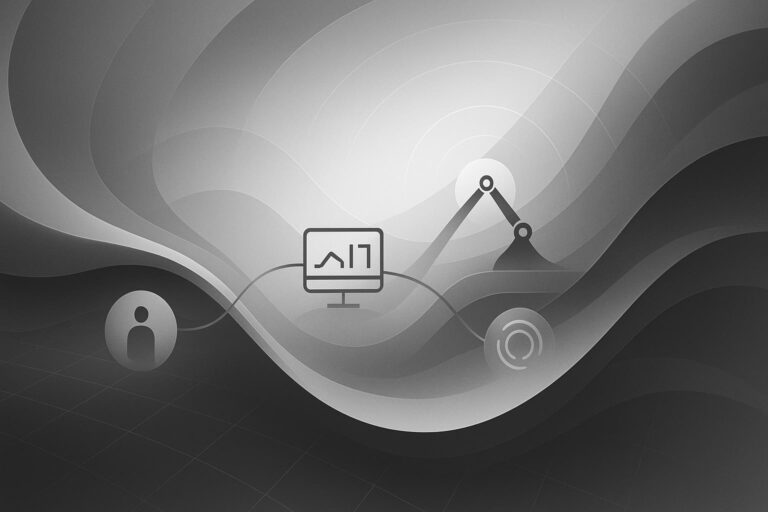In Part 1, we explored the challenges that arise when managing heterogeneous robot fleets and Physical AI — from siloed data and disjointed workflows to poor system integration. As many operational teams are aware, these challenges often hinder operational efficiency and drive up costs, ultimately making daily operations even more challenging to manage.
However, industry leaders take a different approach. By prioritizing data-driven decision-making, automation, and seamless integration, they successfully manage multi-vendor robotics environments easier than ever before.
In this blog, you’ll discover three actionable strategies that can help you improve efficiency, reduce costs, and scale robotic fleets with confidence.
1. Unify data for effective robot fleet optimization
Juggling multiple robot vendors can feel like a constant race to catch up—data is scattered, performance insights are inconsistent, and visibility across your fleet is limited. Without a centralized view of fleet performance, teams are left guessing instead of making real-time decisions, leading to unexpected downtime and operational slowdowns. When your robots aren’t in sync, neither is your business—making robot fleet optimization an uphill battle.
Some of the most successful pioneers in enterprise robotic and physical AI adoption that have centralized their robotics data have seen fleet uptime increase by 20 percent, leading to more efficient and cost-effective operations.
By prioritizing robot fleet optimization, companies can eliminate inefficiencies, reduce downtime, and ensure maximum performance.
Solutions for Data Visibility and Insights:
- Centralized Monitoring: A unified robotics fleet optimization platform provides real-time visibility into robot status, task progress, and system alerts.
- Predictive Analytics: AI-driven insights help detect performance patterns and predict failures, reducing unplanned downtime.
- Fleet Efficiency Tracking: Centralized data allows you to optimize maintenance schedules, task assignments, and resource allocation for peak efficiency.
- AI-Driven Knowledge Base: Teams can use natural language search tools to quickly locate troubleshooting information, improving issue resolution.
2. Automate workflows to scale robotics seamlessly
Scaling your fleet is the ultimate goal, yet relying on manual coordination to do so becomes inefficient and limits scalability.
And you can’t risk being slow to catch up; Gartner predicts that by 2025, 50 percent of all enterprise automation will be driven by artificial intelligence. Without automation, you may face slower task execution, resource bottlenecks, and difficulty managing demand fluctuations.
Industry leaders adopting AI-driven automation are experiencing improvements in productivity across sectors, with businesses reporting 30 percent gains in operational efficiency after deploying AI-powered robotics.
Solutions for Workflow Automation:
- Dynamic Task Delegation: Automated platforms assign tasks to the most suitable robot based on real-time conditions like robot availability or workload.
- Scalable Automation: Systems automatically adjust workflows to align with changing inventory levels, demand spikes, or maintenance schedules.
- Integration with ERP & WMS Systems: Synchronizing robotics data with enterprise systems improves visibility and enables faster, data-driven decision-making.
3. Standardize integration for seamless interoperability
When a robot fleet includes multiple vendors, incompatibility becomes a major roadblock—each system operates on different control protocols and data formats, making robot fleet optimization and scaling far more complex.
Without seamless integration, your team could face costly custom development, extended deployment timelines, and operational inefficiencies that slow growth and drive up expenses, especially as automation needs evolve.
The urgency to ensure a harmonious integration system couldn’t be stronger, as organizations across industries that prioritize seamless integration are achieving 60 percent faster time-to-value in AI and robotics deployments.
Solutions for Streamlined Integration:
- Open APIs and Standardized Data Formats: Enabling robots from multiple vendors to communicate in a common format simplifies data sharing and coordination.
- Modular Architecture for Fast Onboarding: Systems designed with modular frameworks allow new robots to be integrated without significant reconfiguration.
- Centralized Control Interface: A unified dashboard consolidates robot management, eliminating the need for multiple vendor-specific control systems.
The Future of Heterogeneous Robot Management
As your organization inevitably scales its robot and Physical AI deployments, success will depend on:
- Unified data insights to improve visibility and reduce downtime
- Automated workflows to improve task coordination and maximize efficiency
- Standardized integration to simplify scaling and reduce complexity
By prioritizing these proven strategies, you can create an efficient, well-integrated robotics ecosystem that delivers measurable business value. If you’re looking for ways to simplify your robot operations, start implementing these strategies to achieve operational agility, lower costs, and drive impactful results.
Don’t let fragmented data, inefficiencies, and integration challenges hold you back. The future of robot fleet optimization is here, and every day you wait, you risk falling behind your competitors.



